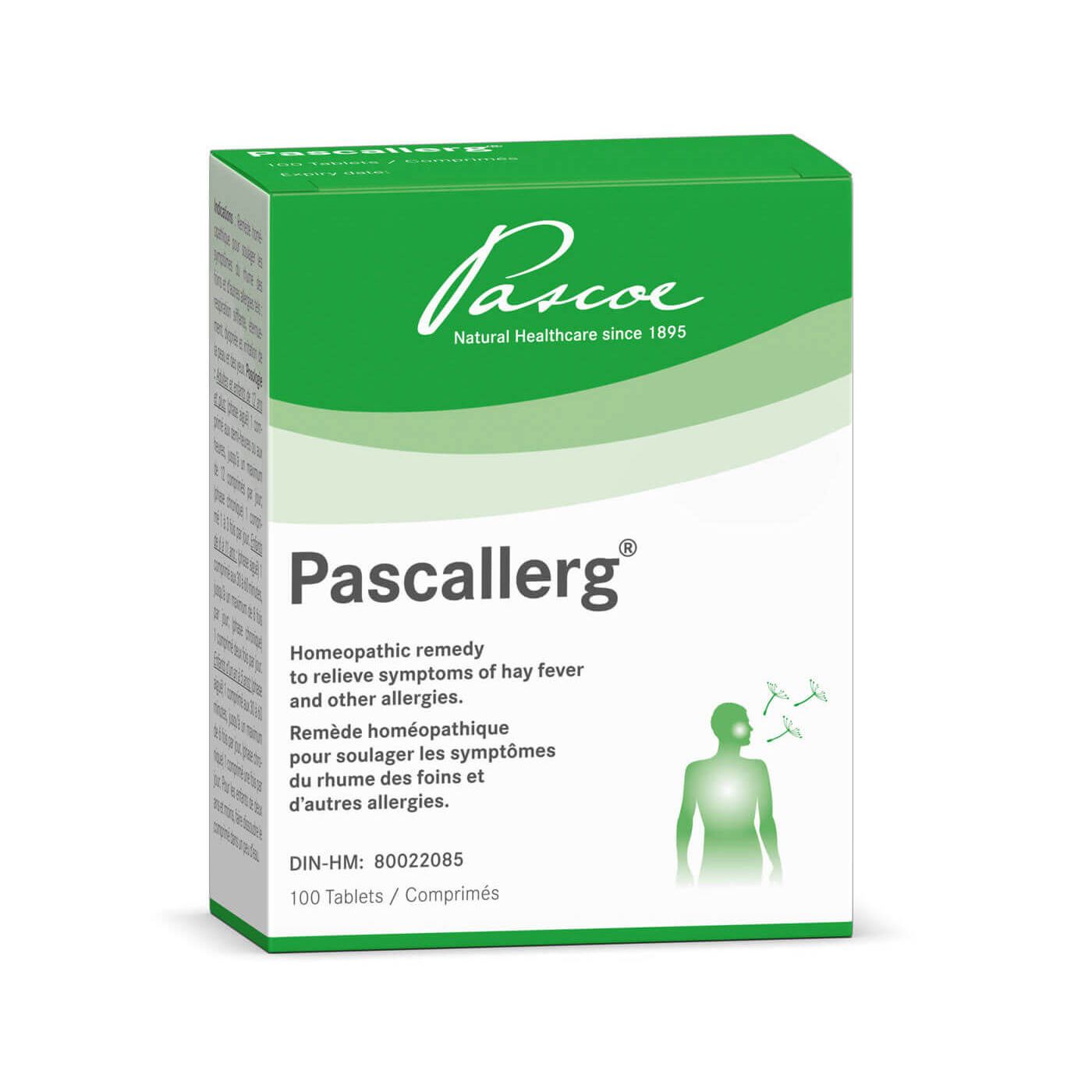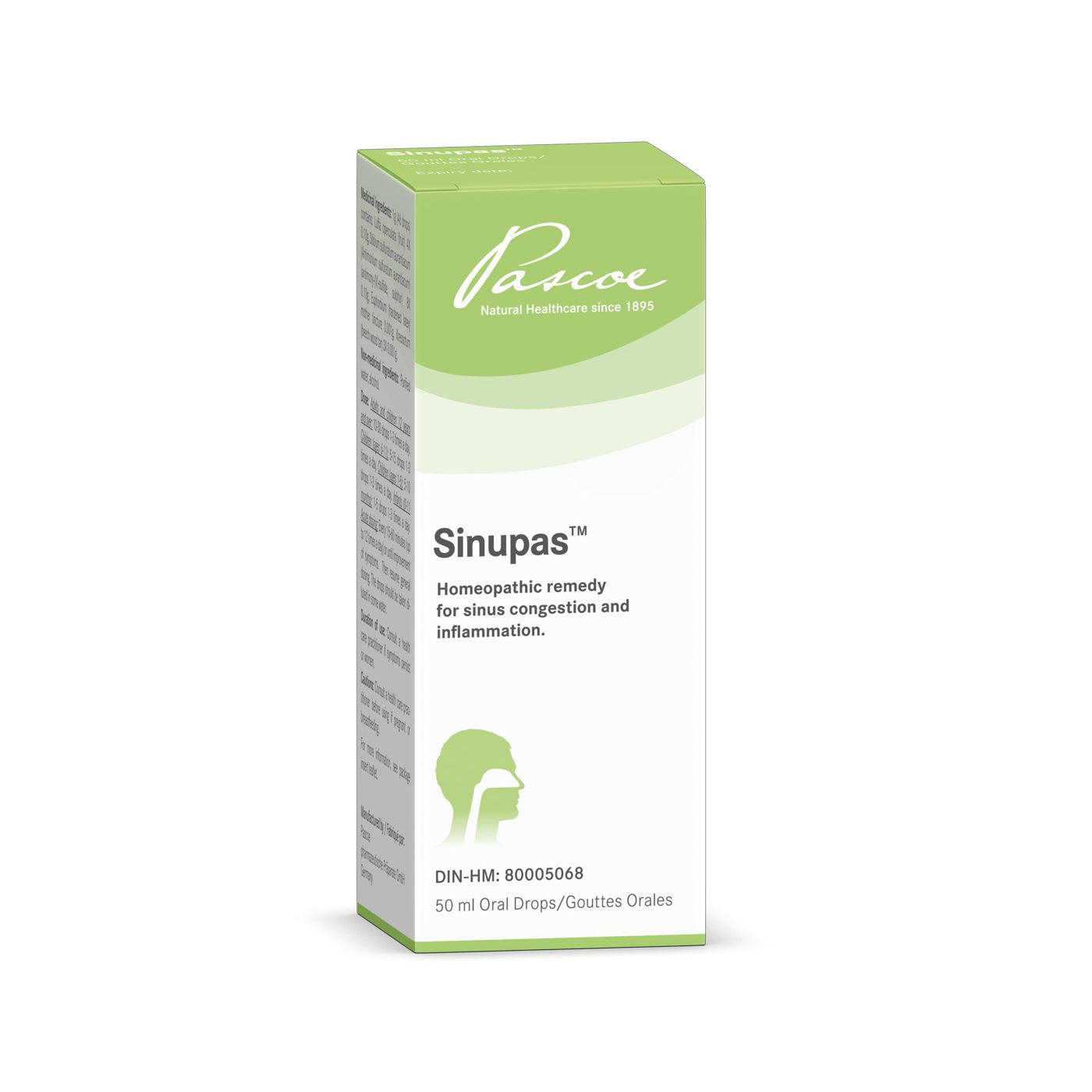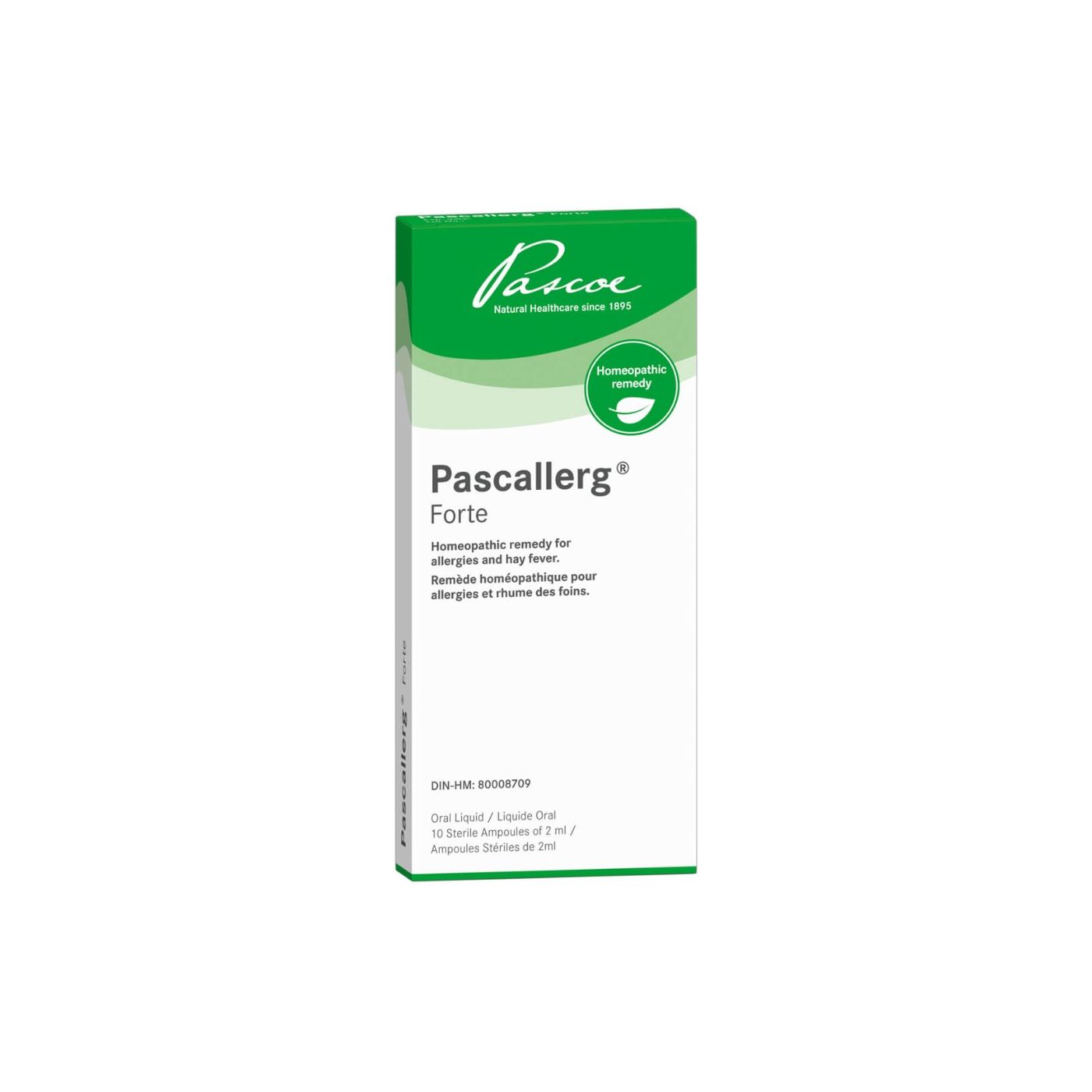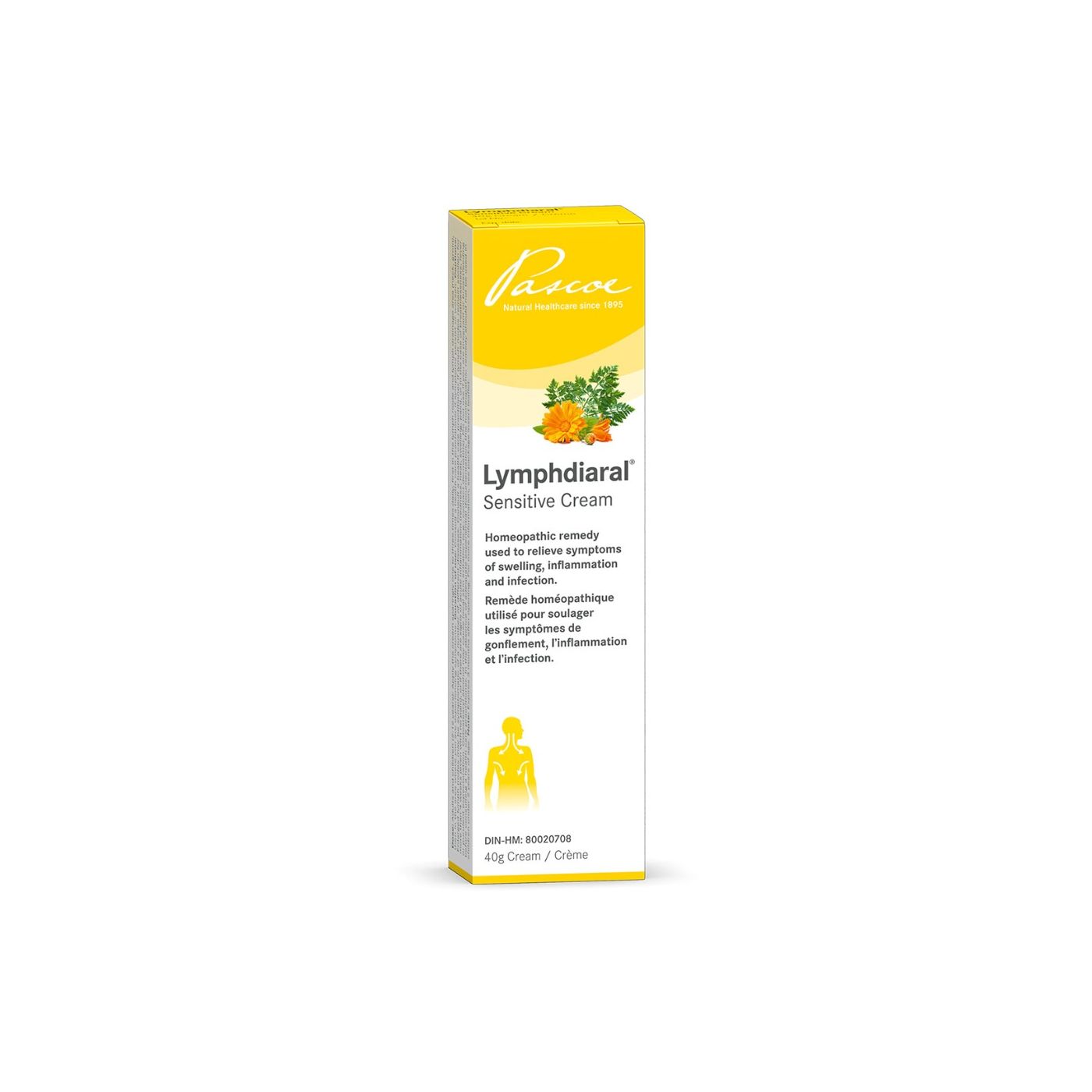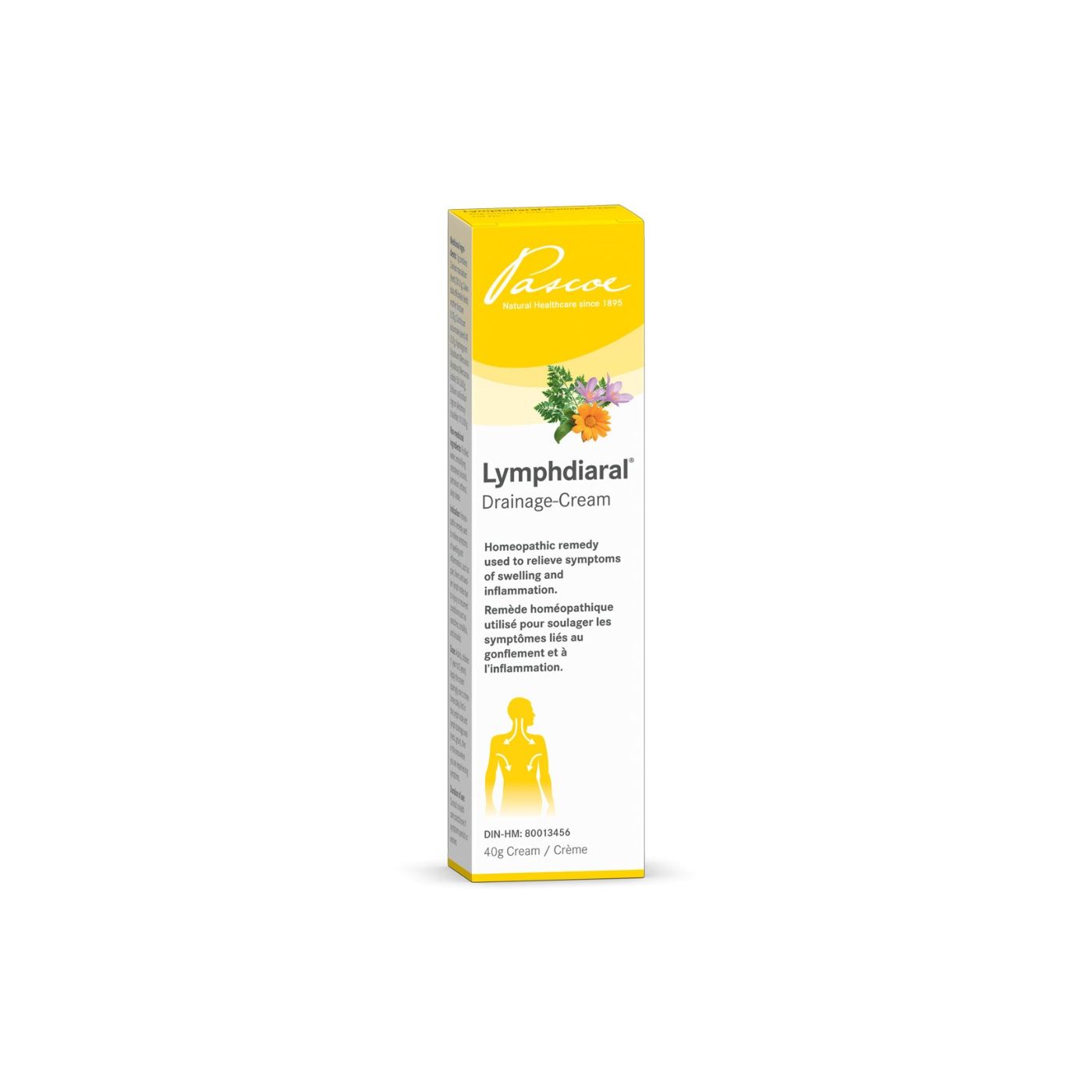Natural Allies Against Fall Allergies: Exploring Chromium Kali Sulphuricum, Acidum Formicicum, and Gelsemium
As the vibrant hues of autumn foliage emerge, so do the dreaded symptoms of fall allergies! Seasonal allergies can put a damper on the beauty of the season, causing sneezing, runny noses, itchy eyes, and general discomfort.
While conventional treatments, like allergy shots or over-the-counter allergy medications, can offer relief, many individuals are turning to alternative approaches and herbal allergy remedies for managing their fall allergies.
Read on to delve into three natural remedies—Chromium Kali Sulphuricum, Acidum Formicicum, and Gelsemium—three herbal remedies that have gained attention for their potential to alleviate the symptoms of fall allergies and offer a more holistic approach to well-being.


How to Cope with Allergies this Fall
Fall allergies, also known as hay fever or allergic rhinitis, are triggered by the immune system's response to airborne allergens such as ragweed, pollen, and mold spores. The immune system releases histamines and other chemicals, causing the typical symptoms like sneezing, congestion, and itchy, watery eyes. Conventional treatments often involve antihistamines, decongestants, and nasal corticosteroids, which can provide relief but may also come with side effects
Chromium Kali Sulphuricum: The Allergy Cell Salt
Chromium Kali Sulphuricum, often referred to simply as Kali Sulph, is a homeopathic cell salt that has shown promise in addressing respiratory and skin conditions, including fall allergies. This cell salt is associated with the function of the respiratory epithelium, which lines the respiratory tract. It's believed to support the body's ability to manage excess mucus production, a common symptom of reactions to allergy triggers.
How it Works: Chromium Kali Sulphuricum is thought to help regulate the balance of fluids in the body, reducing the excessive production of mucus in the respiratory passages. By doing so, it may alleviate congestion, clear nasal passages, and promote easier breathing.
Application: This remedy is typically available in tablet form. Dosage recommendations can vary, and it's advised to consult a homeopathic practitioner for personalized guidance.
Extra Steps: Take the time to install air filters at home in your air conditioner or furnace and keep windows closed when pollen counts are high, to make extra sure you mitigate allergy symptoms
Acidum Formicicum: Nature's Antihistamine
Acidum Formicicum, or Formic Acid, is a natural substance found in certain plants and insects. In homeopathy, it's used for various conditions, including allergies, due to its potential antihistamine-like properties.
How it Works: Formic Acid is believed to help regulate the body's histamine response, which is responsible for triggering allergy symptoms. By modulating histamine release, Acidum Formicicum may reduce the intensity of sneezing, itching, and nasal congestion, if you, for example, suffer from ragweed allergies in the fall.
Application: Acidum Formicicum is available in various homeopathic forms, including pellets and liquid dilutions. Like with any homeopathic remedy, working with a qualified practitioner can help determine the appropriate dosage and potenc
Gelsemium: Easing Stress and Allergy Symptoms
Gelsemium sempervirens, commonly known as Gelsemium, is a plant with a long history of use in traditional medicine. In homeopathy, Gelsemium is often recommended for individuals who experience symptoms of anxiety, stress, and performance-related anxiety, which can exacerbate allergy symptoms.
How it Works: Gelsemium is believed to have a calming effect on the nervous system, making it valuable for those who are more prone to stress-induced allergic reactions. By reducing stress and anxiety, Gelsemium may indirectly alleviate certain allergy symptoms like headaches and general discomfort.
Application: Gelsemium is available in various homeopathic forms, including tablets, pellets, and liquid preparations. A trained homeopath can provide guidance on proper dosing and frequency based on your specific needs.
Holistic Approaches to Fall Allergies
While these natural remedies show promise, it's important to approach fall allergies holistically. Consider these additional tips to complement the use of natural remedies:
- Healthy Diet: A balanced diet rich in nutrients can support your immune system's ability to manage allergic reactions. Include foods high in vitamin C, antioxidants, anti-inflammatory properties, and omega-3 fatty acids.
- Hydration: Staying hydrated thins mucus secretions and helps alleviate congestion.
- Nasal Irrigation: Using a saline solution to rinse nasal passages can help clear allergens and reduce congestion.
- Allergen Avoidance: Minimize exposure to allergens by keeping windows closed, using air purifiers, and changing clothes after spending time outdoors. If you suffer from dust mite allergies, make a point of regularly washing and changing bedding and vacuuming carpets.
- Local Honey: Some people find relief by consuming local raw honey, which may contain trace amounts of pollen that can desensitize the immune response.
- Mind-Body Techniques: Practicing stress-reduction techniques such as deep breathing, meditation, and yoga can complement the effects of natural remedies.
Fall allergies need not ruin your enjoyment of the season! While conventional treatments offer relief, exploring alternative options like Chromium Kali Sulphuricum, Acidum Formicicum, and Gelsemium can provide a more holistic approach to managing symptoms.
These natural remedies, backed by principles of homeopathy and herbalism, offer potential benefits in alleviating sneezing, congestion, and discomfort. However, it's important to remember that individual responses can vary, and consulting with a qualified healthcare professional or homeopath is advisable before incorporating any new treatments into your routine.
By taking a comprehensive approach that includes natural remedies, a balanced diet, stress reduction, and allergen avoidance, you can enjoy the beauty of fall without the hassle of allergies!
References:
-
“6 Remedies for Fall Allergies.” Cleveland Clinic, 1 Oct. 2021, health.clevelandclinic.org/remedies-for-fall-allergies/. Accessed 28 Aug. 2023.
-
“Acidum Formicicum in Homeopathy: Properties, Benefits and Uses (All You Need to Know).” TreasureNatural, treasurenatural.com/acidum-formicicum-in-homeopathy-properties-benefits-and-uses-all-you-need-to-know/. Accessed 28 Aug. 2023.
-
Jin, Gui-Lin, et al. “Medicinal Plants of the Genus Gelsemium (Gelsemiaceae, Gentianales)—a Review of Their Phytochemistry, Pharmacology, Toxicology and Traditional Use.” Journal of Ethnopharmacology, vol. 152, no. 1, Feb. 2014, pp. 33–52, https://doi.org/10.1016/j.jep.2014.01.003. Accessed 26 Sept. 2021.
-
“Know Your Remedies: Kali Carbonicum (Kali-c.).” Homeopathy Plus, 15 Aug. 2022, homeopathyplus.com/know-your-remedies-kali-carbonicum-kali-c/. Accessed 28 Aug. 2023.
-
Mayo Clinic. “Seasonal Allergies: Nip Them in the Bud.” Mayo Clinic, 2018, www.mayoclinic.org/diseases-conditions/hay-fever/in-depth/seasonal-allergies/art-20048343.
-
Tierra, Michael, and Subhuti Dharmananda. The Way of Herbs. New York, Pocket Books, 1998.
-
Philips, Holly. Herbal Medicine. Forest Hills, Ny, Callisto Reference, 2017.

